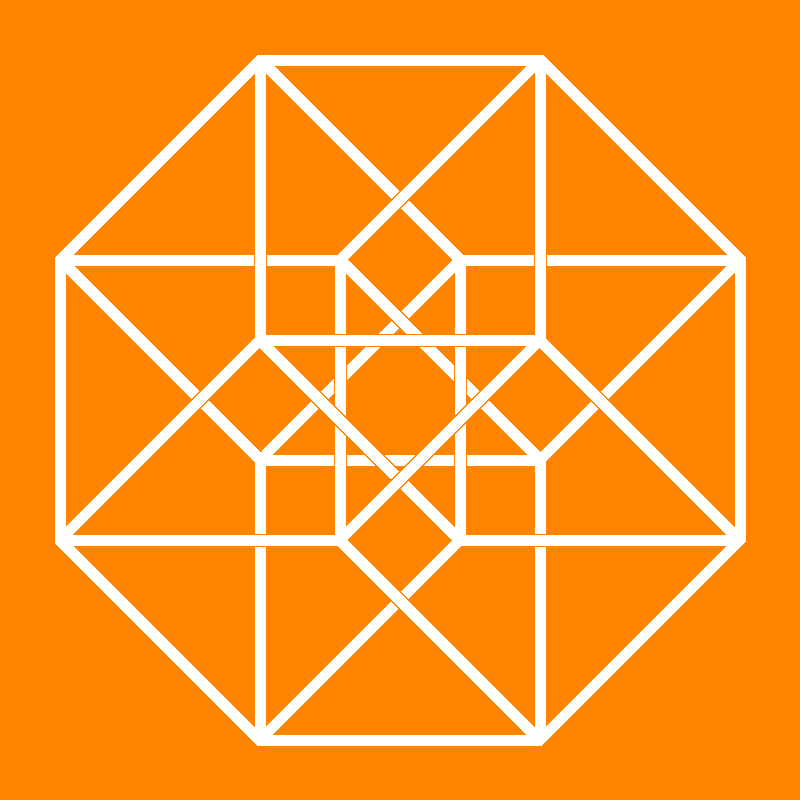
Journal for Geometry and Graphics 19 (2015), No. 2, 269--282
Copyright Heldermann Verlag 2015
Decomposition, Deformation, Dispersion and New Complexity in Architecture and Urban Planning
Pawel Rubinowicz
West Pomeranian University of Technology, Al. Piastów 17, 70-310 Szczecin, Poland
pawel@rubinowicz.com.pl
The article examines the concept of complexity in architecture and urban planning presenting a proposal for a systematics within the four methods describing complex forms: decomposition, deformation, dispersion, and new complexity. The principles of each method are defined on a general level. However, within each of the methods, more complex simulations can be formulated for an unequivocal geometric encoding. The methods can be applied to the creation and the analysis of both, abstract (2D and 3D composition) and real (specific building or city) forms. In the article investigates also applications of these methods to the interpretation and systematics of contemporary architectural creation, to the development of new tools in design, and to a better diagnosis of city development principles. In recent years new tools have appeared enabling an application of advanced digital techniques to the exploration of unique formal solutions in architecture and new analytic methods for urban structures. Geometry becomes more and more an universal language, important for establishing bases for new digital techniques and for the interpretation of the structure of complex forms in architecture and urban planning.
Keywords: Contemporary architecture, urban analysis, fractal geometry, deterministic chaos, 3D virtual city models.
MSC: 00A67; 51N05
[ Fulltext-pdf (6702 KB)]